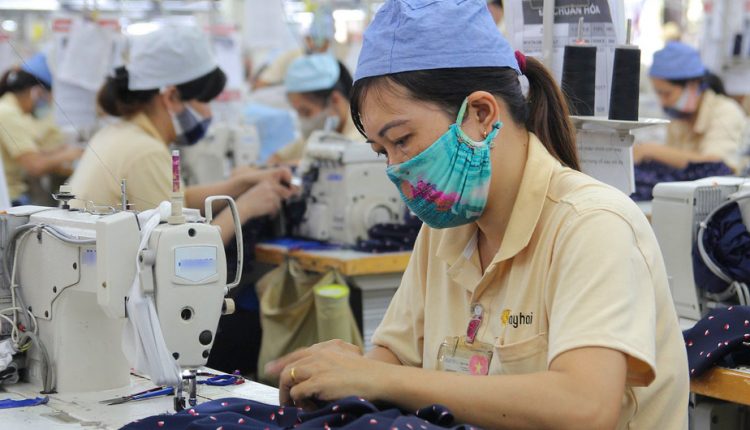Collapsing consumer demand amid lockdowns cripple Asia-Pacific garment industry
The COVID-19 pandemic has triggered government lockdowns, collapsed consumer demand, and disrupted imports of raw materials, battering the Asia Pacific garment industry especially hard, according to a new report released on Wednesday by the International Labour Organization (ILO).
The UN labour agency highlighted that in the first half of 2020, Asian imports had dropped by up to 70 per cent.
Moreover, as of September, almost half of all garment supply chain jobs, were dependent on consumers living in countries where lockdown conditions were being most tightly imposed, leading to plummeting retail sales.
ILO Regional Director for Asia and the Pacific, Chihoko Asada Miyakawa, pointed out that the research highlights “the massive impact COVID-19 has had on the garment industry at every level”.
Ripple effect
In 2019, the Asia-Pacific region had employed an estimated 65 million in the sector, accounting for 75 per cent of all garment workers worldwide, the report reveals.
Although governments in the region have responded proactively to the crisis, thousands of factories have been shuttered – either temporarily or indefinitely – prompting a sharp increase in worker layoffs and dismissals.
And the factories that have reopened, are often operating at reduced workforce capacity.
“The typical garment worker in the region lost out on at least two to four weeks of work and saw only three in five of her co-workers called back to the factory when it reopened”, said Christian Viegelahn, Labour Economist at the ILO Regional Office for Asia and the Pacific.
“Declines in earnings and delays in wage payments were also common among garment workers still employed in the second quarter of 2020”.
Women worst impacted
As women comprise the vast majority of the region’s garment workers, they are being disproportionately affected by the crisis, the report tracked.
Additionally, their situation is exacerbated by existing inequalities, including increased workloads and gender over-representation, as well as a rise in unpaid care work and subsequent loss of earnings
Moving forward
To mitigate the situation, the brief calls for inclusive social dialogue at national and workplace levels, in countries across the region.
It also recommends continued support for enterprises, along with extending social protection for workers, especially women.
The ILO’s recent global Call to Action to support manufacturers and help them survive the pandemic’s economic disruption – and protect garment workers’ income, health and employment – was cited as “a promising example of industry-wide solidarity in addressing the crisis”.
“It is vital that governments, workers, employers and other industry stakeholders work together to navigate these unprecedented conditions and help forge a more human-centred future for the industry”, upheld Ms. Miyakawa.
Nuts and bolts
The study assessed the pandemic’s impact on supply chains, factories and workers in Bangladesh, Cambodia, China, India, Indonesia, Myanmar, Pakistan, Philippines, Sri Lanka and Viet Nam.
It is based on research and analysis of publicly available data together with interviews from across the sector in Asia.

